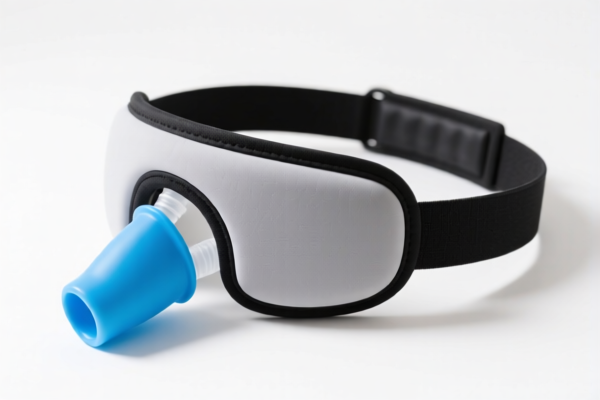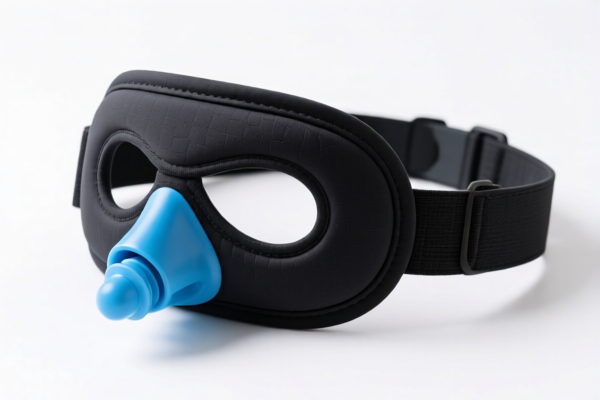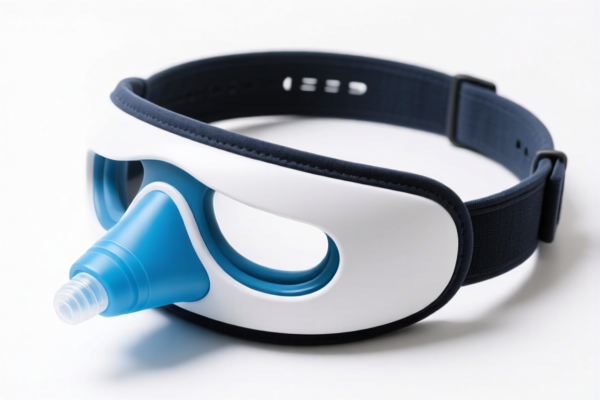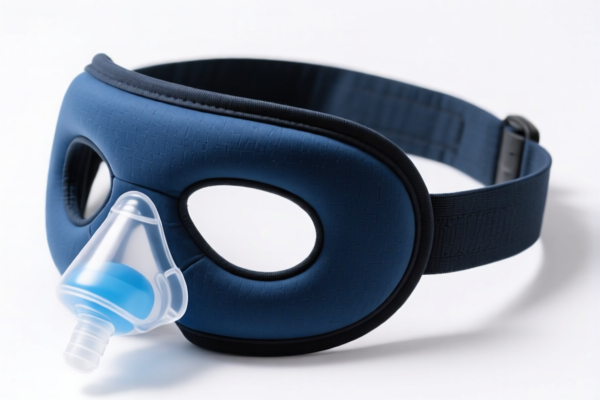| HS Code | Official Doc | Tariff Rate | Origin | Destination | Effective Date |
|---|---|---|---|---|---|
| 9021400000 | Doc | 30.0% | CN | US | 2025-05-12 |
| 9021908100 | Doc | 30.0% | CN | US | 2025-05-12 |
| 6815994170 | Doc | 55.0% | CN | US | 2025-05-12 |
| 6815994110 | Doc | 55.0% | CN | US | 2025-05-12 |
| 6807900050 | Doc | 57.7% | CN | US | 2025-05-12 |
| 6807900010 | Doc | 57.7% | CN | US | 2025-05-12 |
| 9503000090 | Doc | 30.0% | CN | US | 2025-05-12 |
| 9503000071 | Doc | 30.0% | CN | US | 2025-05-12 |
| 3924905650 | Doc | 40.9% | CN | US | 2025-05-12 |
| 3924900500 | Doc | 40.6% | CN | US | 2025-05-12 |
| 6506910060 | Doc | 55.0% | CN | US | 2025-05-12 |
| 6506996000 | Doc | 63.5% | CN | US | 2025-05-12 |
| 6507000000 | Doc | 55.0% | CN | US | 2025-05-12 |




Anti Snoring Device
An anti-snoring device is a broad category of products designed to reduce or eliminate snoring. Snoring occurs when airflow through the nose and mouth is obstructed during sleep, causing a rattling sound. These devices function by addressing the physical causes of this obstruction, primarily focusing on the tongue, jaw, and nasal passages.
Materials
Anti-snoring devices are constructed from a variety of materials, influencing comfort, durability, and price point:
- Silicone: Commonly used for mandibular advancement devices (MADs) and tongue retaining devices (TRDs) due to its flexibility and moldability. Medical-grade silicone is preferred for biocompatibility.
- Thermoplastic Polymers: Used in custom-fitted MADs, offering a more rigid and personalized fit. These require a molding process, often involving heating the device in warm water.
- Plastic/Acrylic: Found in some less expensive MADs and nasal dilators.
- Metal (Stainless Steel/Aluminum): Occasionally used in the framework of some MADs for added stability.
- Fabric/Elastic: Used in chin straps to support the jaw and keep the mouth closed.
- Nasal Strips: Adhesive strips typically made of flexible plastic with embedded metal or plastic stays.
Purpose & Function
The primary purpose of an anti-snoring device is to maintain an open airway during sleep, reducing or eliminating snoring. Devices achieve this through several mechanisms:
- Mandibular Advancement: Moves the lower jaw forward, increasing the size of the airway.
- Tongue Retention: Holds the tongue forward to prevent it from collapsing into the airway.
- Nasal Dilation: Widens the nasal passages to improve airflow.
- Jaw Support: Keeps the jaw in a forward position, similar to a MAD.
Usage Scenarios
Anti-snoring devices are used in a variety of situations:
- Mild to Moderate Snoring: Most effective for individuals with snoring that isn't caused by underlying medical conditions like sleep apnea.
- Travel: Portable and convenient for use while traveling.
- Partner Disturbance: Used to reduce snoring that disrupts a bed partner's sleep.
- Temporary Solutions: Can be used while awaiting more comprehensive treatment for snoring or sleep apnea.
Common Types
- Mandibular Advancement Devices (MADs): The most common type. These resemble mouthguards and are worn during sleep to move the lower jaw forward. Available in boil-and-bite (self-molded) and custom-fitted options.
- Tongue Retaining Devices (TRDs): Hold the tongue forward using a suction bulb or cradle. Suitable for individuals whose tongue collapses into the airway during sleep.
- Nasal Dilators: External or internal devices that widen the nasal passages. Available as adhesive strips, nasal clips, or internal stents.
- Chin Straps: Support the jaw and keep the mouth closed, preventing the jaw from dropping open during sleep.
- Anti-Snoring Pillows: Designed to promote proper head and neck alignment, opening the airway.
- Oral Appliances: A broader category encompassing both MADs and TRDs, custom-fitted by a dentist.
It's important to note that anti-snoring devices are not a cure for sleep apnea, a serious medical condition. Individuals with suspected sleep apnea should consult a doctor for diagnosis and treatment.
Based on the provided reference material, identifying the precise HS code for “anti snoring device” requires careful consideration of its material and function. Here are potential HS codes based on the available information:
-
9021400000: This code covers orthopedic appliances, including appliances worn or carried to compensate for a defect or disability. An anti-snoring device, if considered a medical device to address a breathing issue during sleep, could fall under this category.
- 90: Chapter 90 – Instruments and apparatus which are used in surgery, dentistry, medical, veterinary or surgical purposes.
- 21: Heading 21 – Instruments and apparatus which are used in surgery, dentistry, medical, veterinary or surgical purposes.
- 400000: Subheading 400000 – Hearing aids, excluding parts and accessories thereof. While primarily for hearing, this chapter broadly includes appliances used to address physical deficiencies.
- Tax Rate: Base tariff: 0.0%, Additional tariff: 0.0%, Tariff after April 2, 2025: 30.0%, Total tariff: 30.0%.
-
3924905650: This code covers tableware, kitchenware, other household articles and hygienic or toilet articles, of plastics. If the anti-snoring device is made of plastic and considered a hygienic or toilet article, this code may be applicable.
- 39: Chapter 39 – Plastics and articles thereof.
- 24: Heading 24 – Tableware, kitchenware, other household articles and hygienic or toilet articles, of plastics.
- 905650: Subheading 905650 – Other: Other.
- Tax Rate: Base tariff: 3.4%, Additional tariff: 7.5%, Tariff after April 2, 2025: 30.0%, Total tariff: 40.9%.
-
6506910060: This code covers other headgear, whether or not lined or trimmed, of rubber or plastics. If the anti-snoring device is designed to be worn on the head and is made of rubber or plastic, this code could be relevant.
- 65: Chapter 65 – Headgear and other wearing apparel, not knitted or crocheted.
- 06: Heading 06 – Other headgear, whether or not lined or trimmed.
- 910060: Subheading 910060 – Of rubber or plastics Other.
- Tax Rate: Base tariff: 0.0%, Additional tariff: 25.0%, Tariff after April 2, 2025: 30.0%, Total tariff: 55.0%.
According to the provided reference material, the HS code options related to 'anti snoring device' are limited, with only the following 3 found.
It is important to verify the material composition of the anti-snoring device to determine the most accurate HS code. If the device is considered a medical appliance, documentation supporting its medical purpose may be required for customs clearance.
Customer Reviews
No reviews yet.